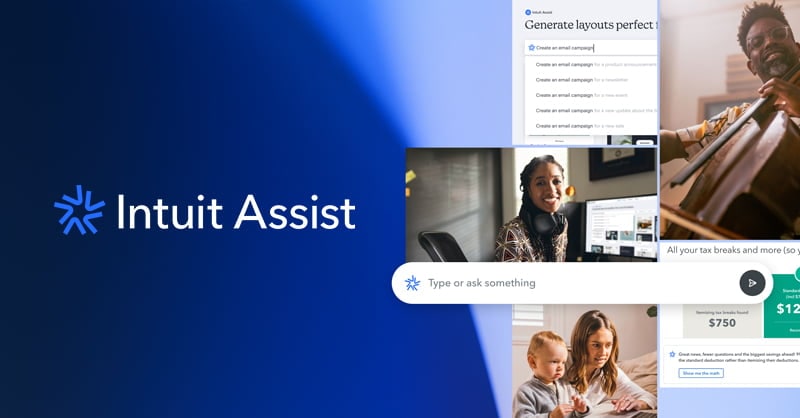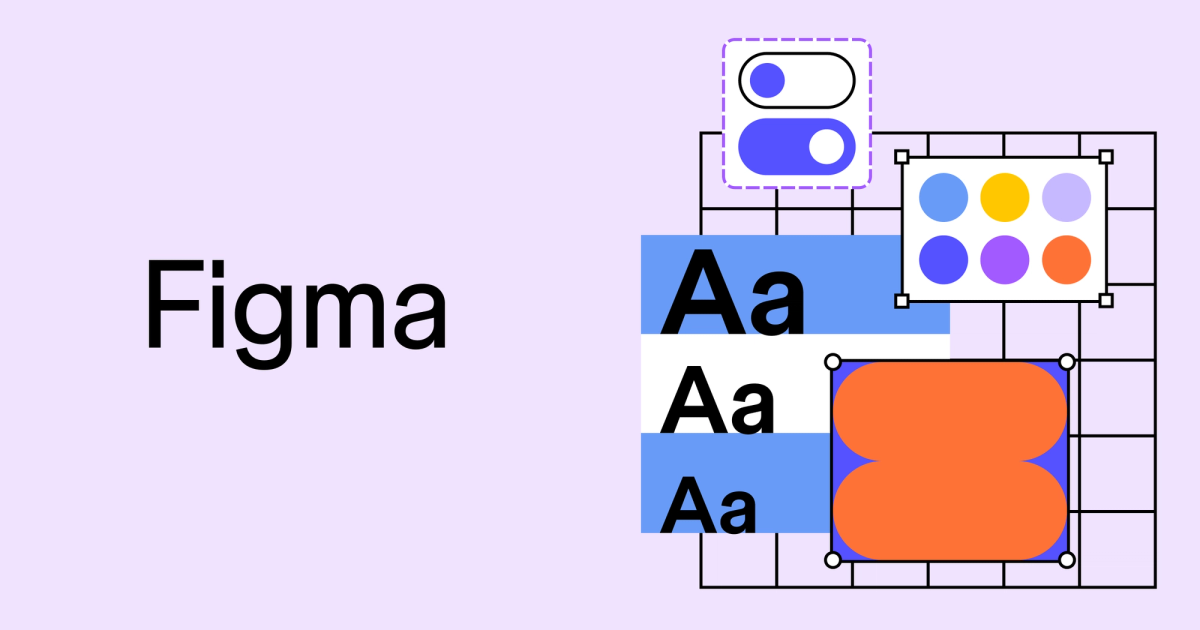- Fast Principles
- Posts
- Semantic AI UX Revolution
Semantic AI UX Revolution
Tomorrow's workflows won't require navigating a maze of software—they'll understand what we want to accomplish

From Interface Mazes to Meaningful Instructions
With agents and human AI agent teams slated to be the workforce of tomorrow for all forms of labor, what will the software of tomorrow need to look like to facilitate work?
The interfaces we craft today consist of carefully arranged UI components—drop-downs, buttons, forms, and modals—creating intricate navigation paths for users to follow. These digital labyrinths require users to understand and master specific interaction patterns to accomplish their goals.
But why navigate a maze when you can teleport directly to the finish-line and collect your roses, or that market research report that would have taken you a week to create?
As AI agents become central to tomorrow's workforce, we're witnessing a fundamental shift: from interface-driven to intent-driven interactions.
Consider what happened when you last used ChatGPT or Claude:
You: “Analyze the survey results from last quarter and create a presentation highlighting the three key insights.”
No menus. No drop-down. No complex navigation. You simply expressed what you wanted—and the system understood your intent.
This represents the emergence of semantic interaction—where the focus shifts from "how to use the software" to "what results you want to achieve."
The Designer's Evolving Role
As we transition to agent-powered workflows, the designer's role isn't diminishing—it's transforming in three critical dimensions:
Deeper Human-Centered Design
Agent Training & Guidance Systems
Human-in-the-Loop Affordances
1. Deeper Human-Centered Design
The old becomes new again. Rather than designing generic personas, successful designers will focus on use cases and capabilities tied to:
Map specific workflows of individual professionals
Identify decision-making patterns within specialized domains
Document the quality standards that define "good work" in particular fields
TurboTax AI Assistant
Intuit's Tax Knowledge Engine powering their TurboTax AI Assistant underwent a radical redesign. Rather than simply digitizing form-filling, Intuit's designers documented the specific reasoning patterns tax professionals use when evaluating financial situations. User research sessions revealed that experts don't follow linear workflows—they constantly re-evaluate earlier decisions based on new information discovered later in the tax preparation process.
This insight led Intuit to redesign their AI assistant to work more like an expert tax preparer: it now proactively asks clarifying questions about life events that might trigger tax implications and suggests documentation the user might not realize is relevant. For example, when a user mentions moving during the tax year, the assistant automatically explores potential deductions related to job relocation, home office establishment, or state tax complications—mirroring how human tax professionals think several steps ahead. The assistant's accuracy for complex tax situations improved by 48% after implementing this expert-modeled approach.
2. Agent Training & Guidance Systems
Designers must now create frameworks for training AI agents, including:
Meta-documentation that explains not just what a task involves, but why it matters as we would with a junior designer learning the craft
Quality benchmarks including key performance indicators (KPIs) or example deliverables that define successful outcomes of a task
Feedback mechanisms that continuously improve agent performance adding successful work outcomes to the AI agents training data
Canva's Magic Design
A feature within their Magic Studio suite allows users to go from a prompt to on-brand design assets for use in templates for a social media post or presentation slide. The AI doesn't just generate content blindly—it references an "exemplar library" containing professionally designed templates adjusted to their original briefs. If users indicate the design doesn't meet their expectations, rather than a simple thumbs-down, the system presents a structured feedback form with specific parameters: "Is the color palette aligned with your brand?", "Does the typography hierarchy effectively communicate your message?", or "Is the visual balance appropriate for your content?" This granular feedback is then used to retrain their AI agents.
According to Canva's 2024 AI Impact Report, 90% agree generative AI has improved the quality of visual communication due in part to the improvements in the human-ai feedback loop.The feature allowed Canva to fine-tune industry-specific design sensibilities by identifying distinct preferences across different sectors (e.g., financial services prefer more conservative layouts than entertainment companies).
3. Human-in-the-Loop Affordances
The most sophisticated AI systems aren't those that eliminate humans—they're ones that create meaningful collaboration between humans and AI:
Contextual intervention points where human judgment adds value
Feedback mechanisms that go beyond binary ratings into detailed critique and discussion about improvements
Transparent explanation of agent decision-making with opportunity for editing to improve the AI agent’s approach
Figma AI
Figma's AI features transforms the blank canvas problem through natural language prompts that generate multiple UI layouts and component variations. This semantic interaction layer shifts designers from pixel-pushing to art direction-setting. This tool can rapidly explore design directions by adjusting prompts or selecting elements to refine. As designers select and modify iterations of screens, the system builds an understanding of their preferences, creating a feedback loop that improves future suggestions. This human-in-the-loop approach maintains creative control while automating initial layout work, allowing designers to focus on higher-level decisions.
Human Feedback Loops Must Go Beyond Basic Thumbs Up/Down Ratings
Today's feedback systems for AI are primitive. A thumbs-up or thumbs-down with an optional text field barely scratches the surface of meaningful guidance.
What we need instead are feedback systems that mirror how humans develop professional skills:
Contextual feedback that addresses specific aspects of performance
Comparative evaluation against established benchmarks
Forward-looking guidance that suggests specific areas for improvement
Domain-specific metrics that reflect the unique requirements of different fields
Imagine a system where designers can highlight specific elements of an AI-generated deliverable and provide targeted feedback: "This color scheme doesn't align with our brand guidelines" or "The information hierarchy here doesn't emphasize our core message."
Data Is The Foundation of Distinctive AI
Data has long been recognized as valuable, but in the agent era, it becomes the primary differentiator. Teams that gather unique data will be able to design agents with distinctive capabilities and voices.
Consider these approaches:
Domain-specific corpora that capture specialized knowledge
Interaction histories that preserve institutional wisdom
Evaluation datasets that encode quality standards
Workflow documentation that captures procedural expertise
Adobe's Firefly AI Image Model
This AI agent powers their Generative Fill feature in Photoshop. It wasn't just trained on general design principles but incorporated decades of Creative Cloud usage data, including millions of professional edits, image adjustments, and creative workflows. This proprietary dataset allowed Firefly to understand Adobe's distinctive approach to image composition and color theory. When a designer uses Generative Fill to extend an image or remove an object, the AI doesn't just perform a technical task—it applies Adobe's design philosophy about visual harmony and composition that's been refined since the inception of Photoshop. This represents a competitive advantage impossible to replicate without access to Adobe's unique treasure trove of (your) creative data. A deeper conversation is about data ownership and fair usage rights for training, but this is a topic for another time.
What's Next for Designers?
Designers who thrive in this new landscape will:
Shift focus from pixels to processes
Master the art of agent training and evaluation
Design feedback systems that continuously improve AI performance
Identify unique data assets that can differentiate their agents
The most valuable designers won't be those who craft the prettiest interfaces, but those who can translate human expertise into frameworks that guide AI agents to produce valuable work.
Find out why 1M+ professionals read Superhuman AI daily.
In 2 years you will be working for AI
Or an AI will be working for you
Here's how you can future-proof yourself:
Join the Superhuman AI newsletter – read by 1M+ people at top companies
Master AI tools, tutorials, and news in just 3 minutes a day
Become 10X more productive using AI
Join 1,000,000+ pros at companies like Google, Meta, and Amazon that are using AI to get ahead.
💬 Suggestion box
A newsletter exploring the principles that will help us design AI agent experiences and startups that amplify human creativity.
Subscribe to join a community of designers and developers shaping purposeful AI agents.
New Referral Rewards
Until next time, keep innovating and stay curious!





